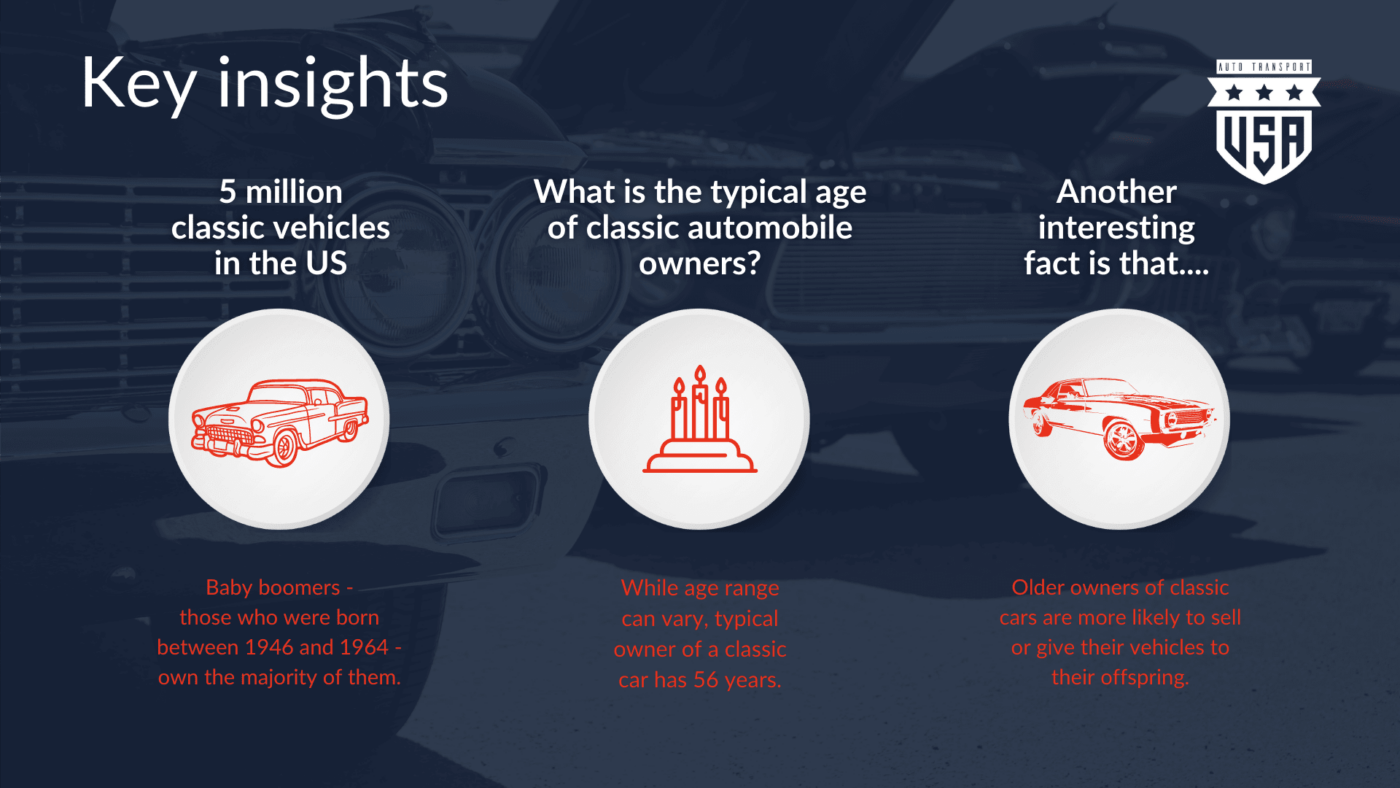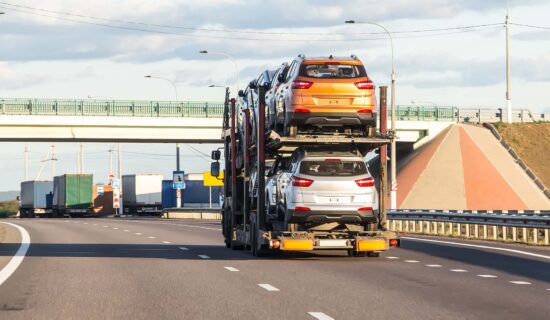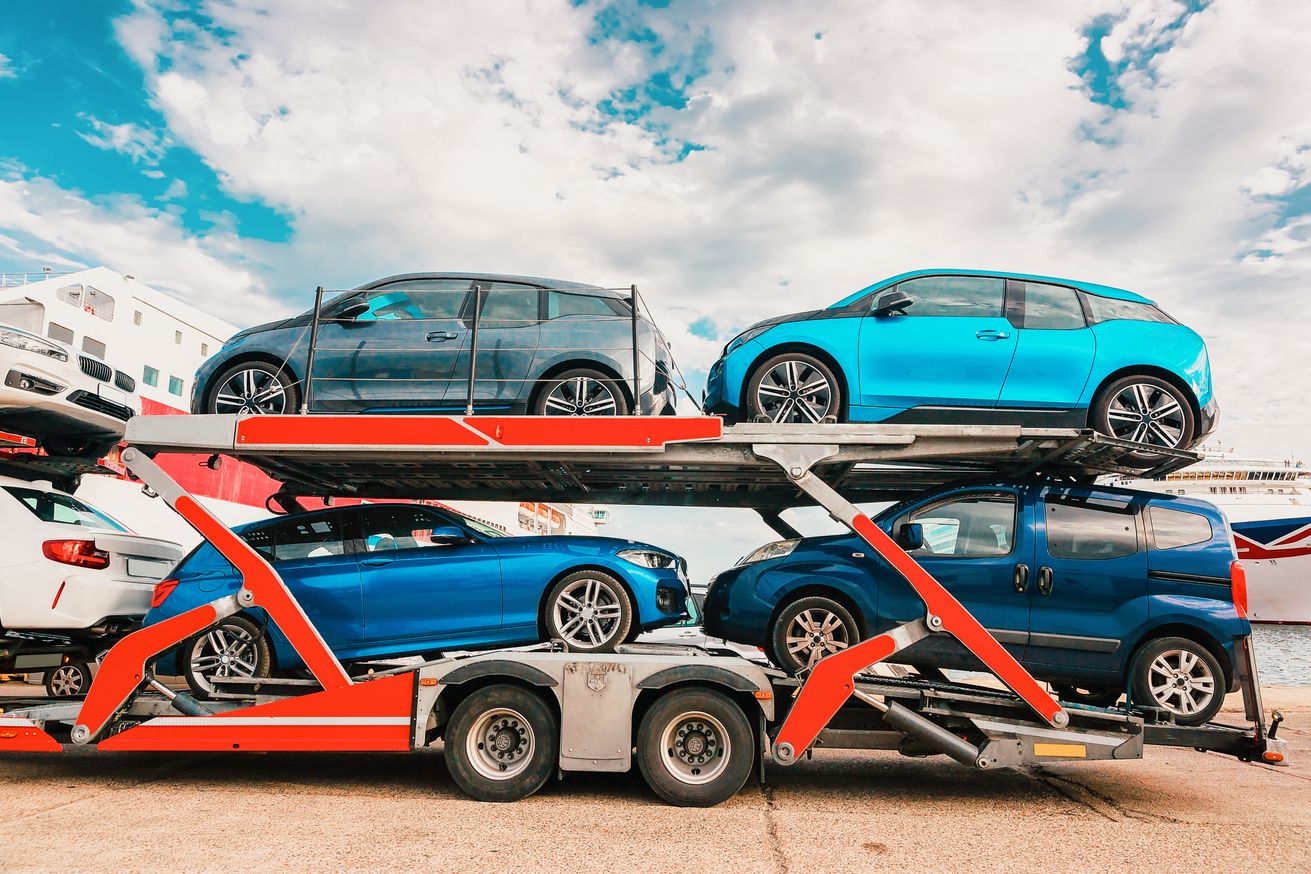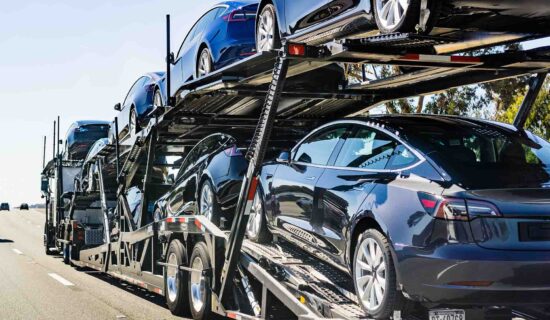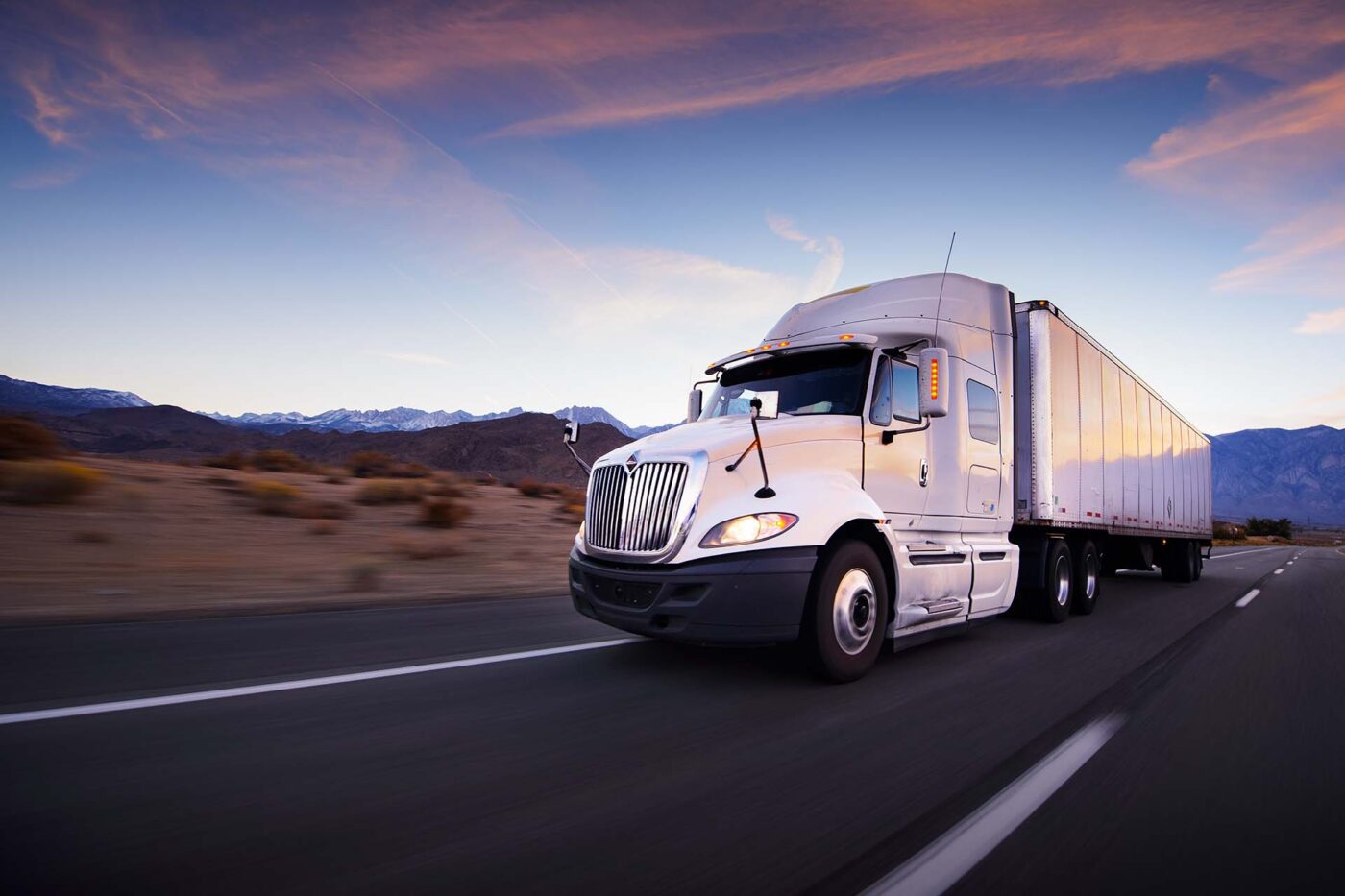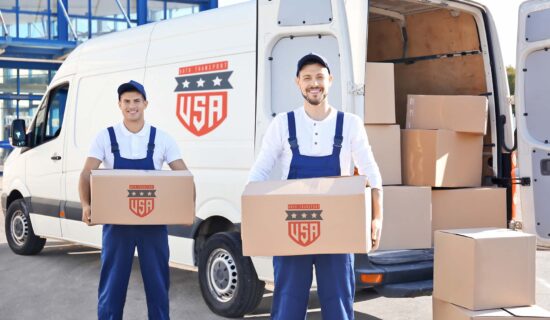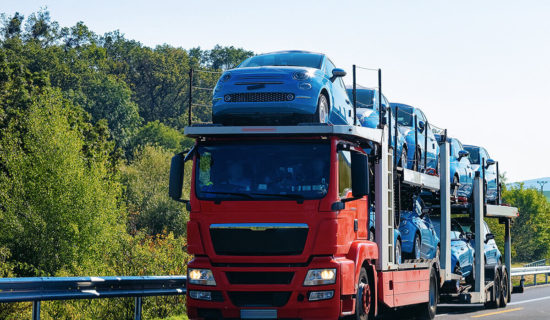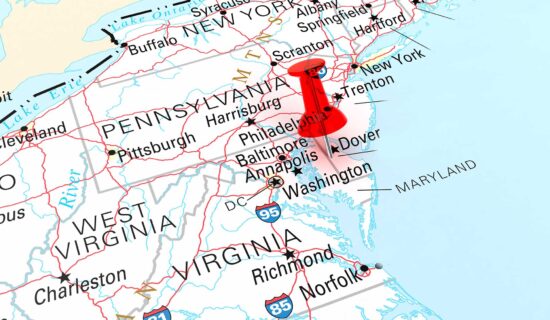Open car transport is the most common method of transporting vehicles, and with it comes standard insurance coverage. Typically, this covers potential damage from road debris, minor accidents, and natural elements like weather conditions. However, the coverage might not always encompass cosmetic damages or those that aren’t easily visible.
Due to the exposure of vehicles in open transport, it’s crucial to thoroughly inspect and document your vehicle’s condition before transit, ensuring any post-transit discrepancies can be easily identified and claimed. It’s an essential part of transport preparations.
